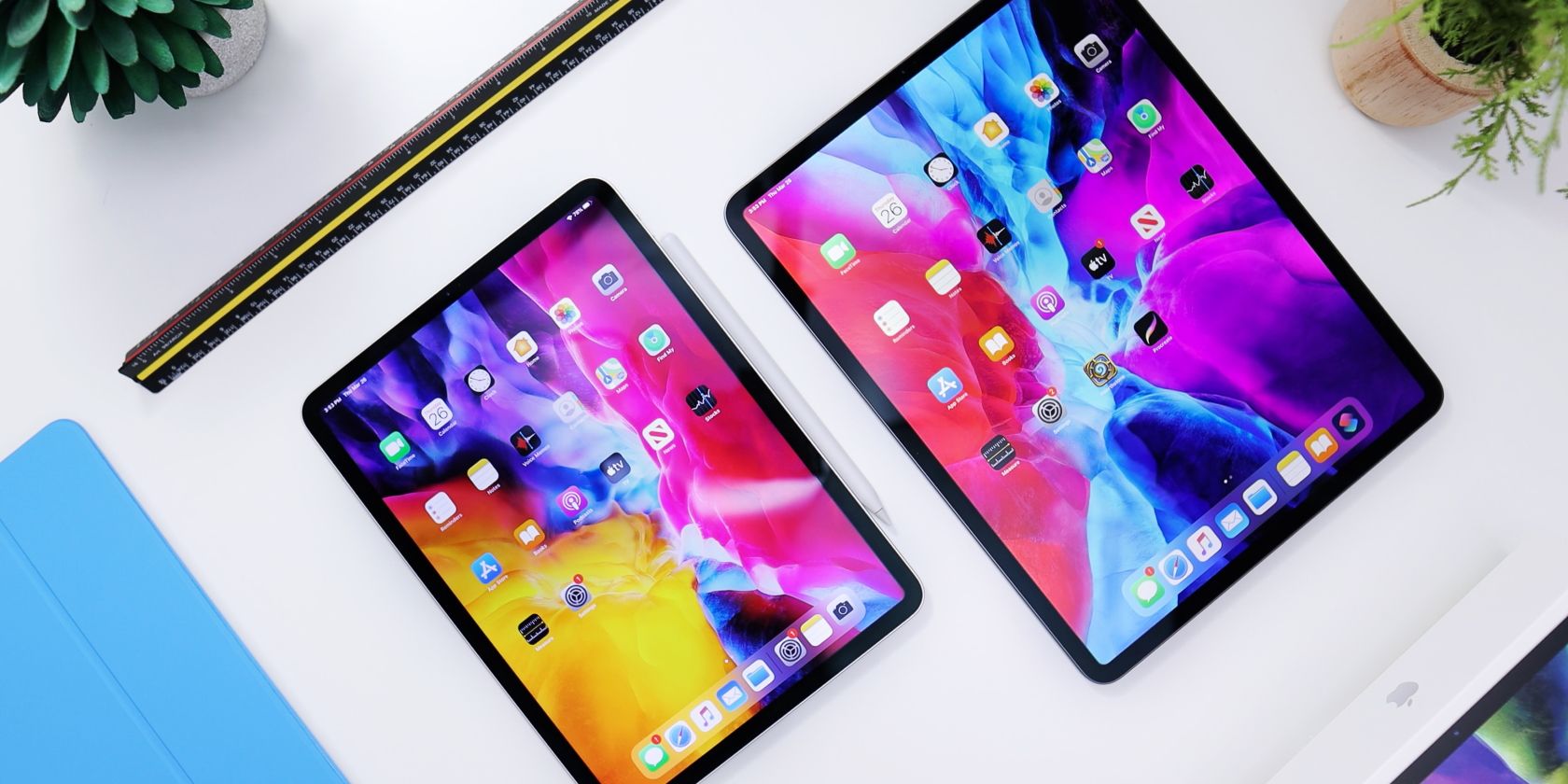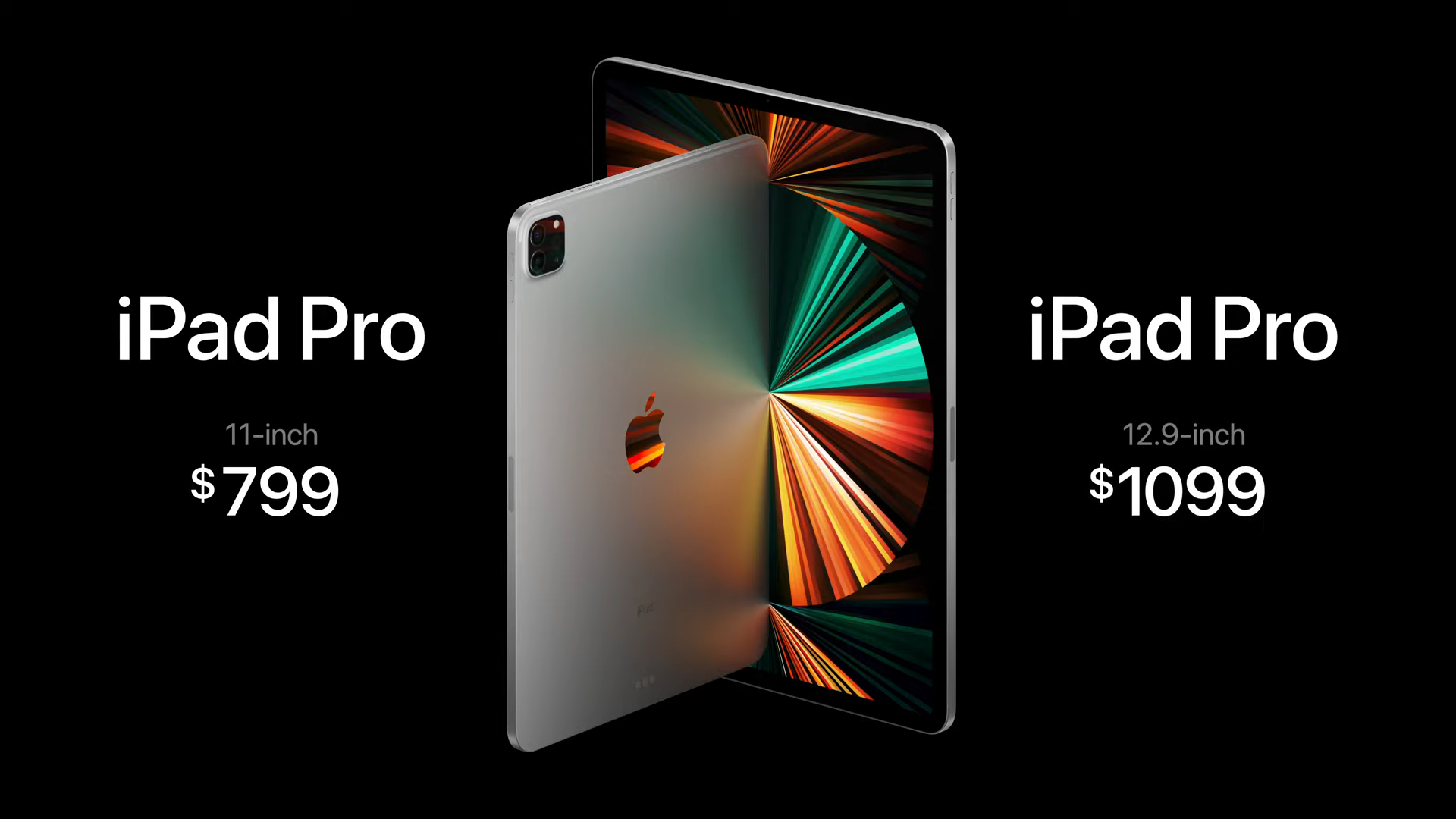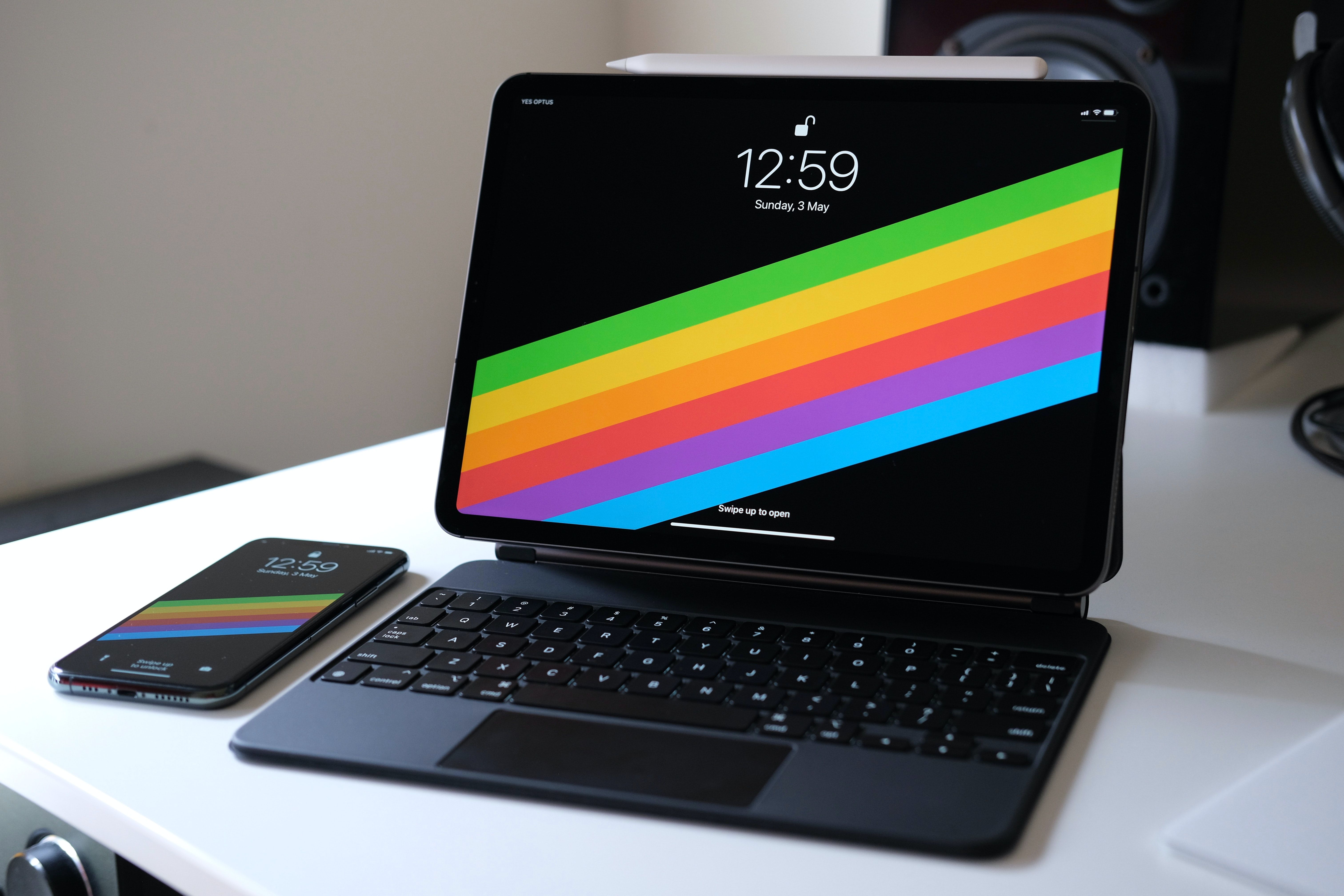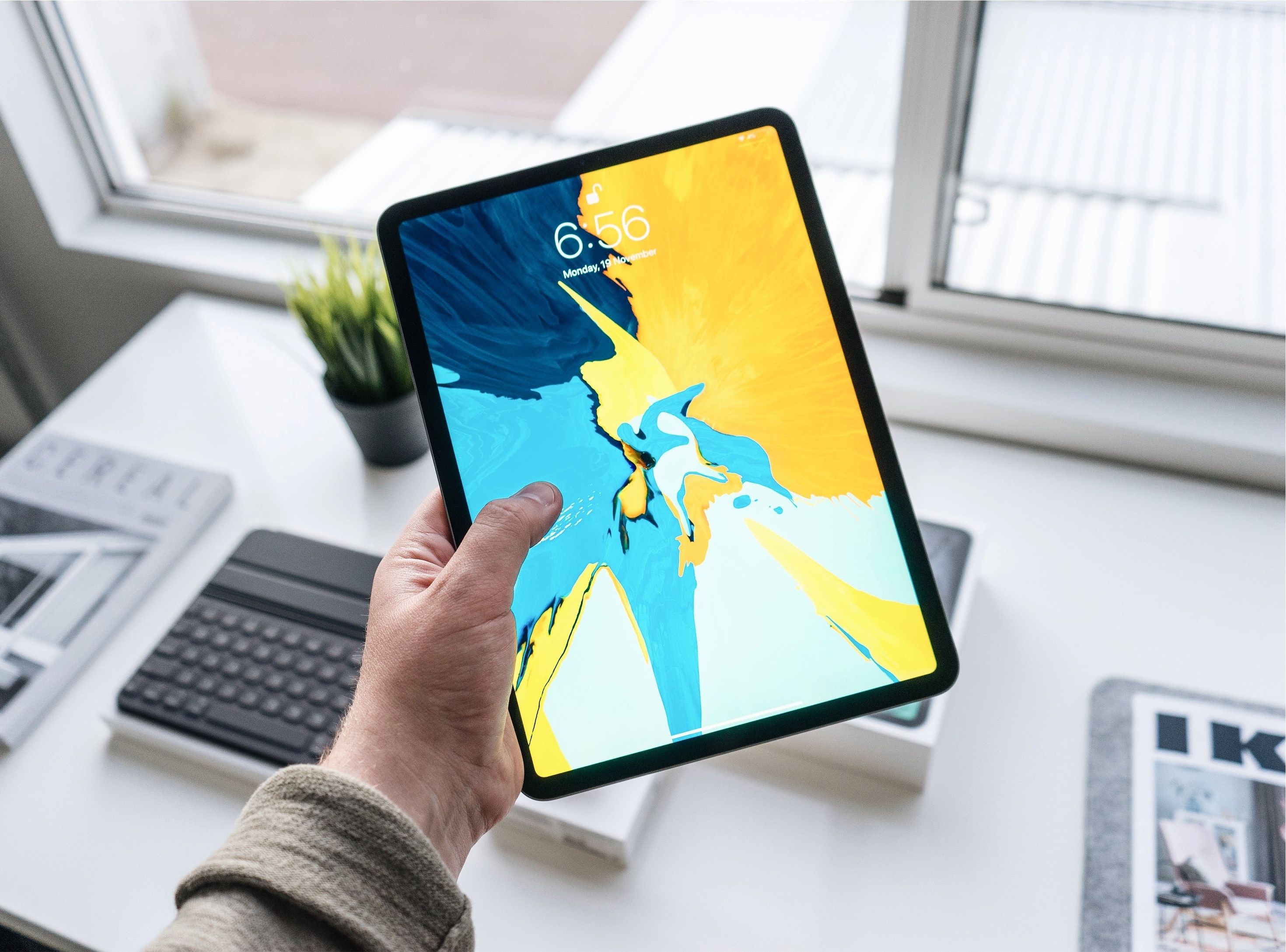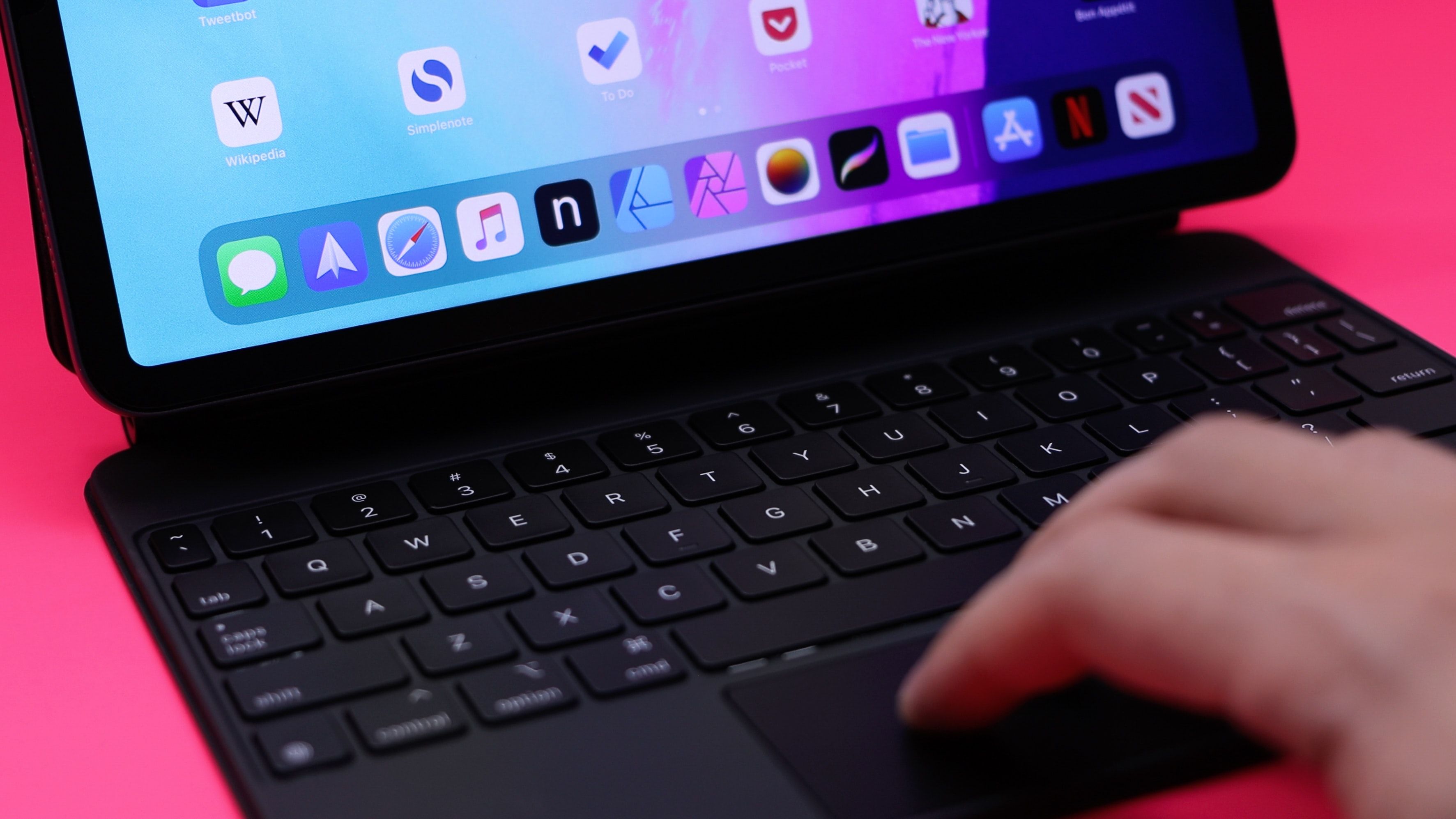Apple's iPad Pro comes in two different screen sizes: 11 inches and 12.9 inches. Customers are often torn between these variants due to several different factors. Of course, it isn't easy to figure out which one's right for you when you haven't used both of them.
Depending on what you're planning to use an iPad Pro for, one size might be a better choice than the other. Making an informed decision is very important to avoid buyer's remorse.
Here, we'll list six reasons why we think the smaller 11-inch iPad Pro may be better for most people than its bigger sibling.
1. Price
This one's obvious right off the bat. Since the 11-inch iPad Pro doesn't have as big a screen as the 12.9-inch model, you can save some money.
When it comes to the 2021 models in particular, the 11-inch variant doesn't feature the Liquid Retina XDR display reserved for the biggest iPad, so you also don't have to pay a premium for cutting-edge technology.
The price difference between the base 11-inch and 12.9-inch M1 iPad Pro models is $400.
By going for the smaller variant, you'll have money to spend on something else useful, like the $300 Magic Keyboard for your 11-inch iPad Pro, while still saving another hundred bucks.
2. No Blooming Issues
Several 12.9-inch iPad Pro owners have reported blooming issues with the new Liquid Retina XDR display. It appears that light text and other content on a dark background have a hue around them.
This is more prominent when you're using the iPad Pro in a dark environment. You can blame the mini-LED display that features over 2,500 local dimming zones for this blooming effect.
However, the 11-inch iPad Pro isn't affected by this issue since it's using the good old Liquid Retina IPS display instead of a mini-LED panel.
Sure, the Liquid Retina XDR screen might be better to watch HDR content, but if you're sensitive to the halo effect, you're better off with the smaller variant.
3. More Compact Size
Due to the smaller footprint of the 11-inch iPad Pro, it's considerably lighter, weighing in at only 1.03 pounds (or 466 grams). In comparison, the bigger 12.9-inch model weighs 1.5 pounds (or 682 grams).
That's a huge difference for someone who's looking for a portable device.
The compactness of the smaller iPad Pro doesn't end there. This year, the 12.9-inch model is noticeably thicker than the outgoing model due to its mini-LED display technology. Since the 11-inch variant packs the same IPS panel, it maintains the same thickness as before.
Therefore, if you want a powerful iPad that you can carry around with ease, The 11-inch model is your answer.
4. Better Battery Life
Normally, you'd think that a bigger device will last longer since it's supposed to pack a bigger battery as well, right? This is usually the case for iPhones, with the biggest Pro Max model outperforming the rest of the line-up in the battery life department.
However, it doesn't work that way with the iPad, and we'll tell you why.
The bigger battery on the iPad Pro has to drive an equally bigger display. Considering the 12.9-inch iPad Pro often runs at a higher screen brightness due to the mini-LED panel, you can expect the battery to drain faster as well.
In real-world battery tests, the 11-inch iPad Pro seems to last 30 minutes longer than its bigger sibling. The outgoing 2020 iPad Pro models also have this disparity in battery performance between sizes.
5. Takes Less Time to Charge
The 11-inch iPad Pro is not only the better performer in the battery life department, but it also edges out the bigger model when it comes to charging.
A smaller battery takes less time to charge from 0 to 100% than a larger one.
According to InsideWire, it took a little over 3 hours to fully charge the 12.9-inch iPad Pro, whereas the 11-inch model finished charging in just over 2 hours 20 minutes.
6. Better Aspect Ratio for Watching Videos
Yes, the 12.9-inch iPad Pro has a much brighter and better-looking display, but that doesn't necessarily make it perfect for watching video content. If you put both sized iPad Pro tablets side by side in landscape mode, you'll see that the smaller model has a slightly wider display.
This is because the 11-inch variant rocks a 1.43:1 screen aspect ratio, whereas the 12.9-inch iPad features a 4:3 display.
This means that you'll see bigger black bars when you're watching videos on the larger iPad Pro, whether on YouTube or apps like Netflix or Disney+.
You do have the option to zoom into the video to fill up the screen, but you'll be cropping out more content due to the narrower aspect ratio. So it's a lose-lose for the 12.9-inch iPad Pro.
7. Cheaper Accessories
It's not just the 11-inch iPad Pro that's cheaper, it's the accessories too.
For instance, the popular Magic Keyboard for the 11-inch iPad Pro is priced at $299, whereas the one for the 12.9-inch model costs $50 more.
Likewise, the Smart Folio case for the 11-inch iPad Pro is $20 cheaper than the one made for its bigger sibling. Are you even surprised at this point?
Which iPad Pro Is the Better Performer?
They're both identical in terms of raw performance since they pack the same Apple M1 chip and the same amount of RAM. Note that Apple offers the 11-inch and 12.9-inch iPad Pro tablets with up to 1TB or 2TB storage, packing 16GB of RAM for power users.
These iPad models with a higher amount of memory may perform better in certain applications than the base models.
Thankfully, though, you're not sacrificing even an inch of performance just because you opted for the smaller model.
Bigger Isn't Always Better
You might not get the best and brightest display out there, but you're certainly getting your money's worth by going for the 11-inch variant, even if only a few of these reasons check your boxes.
By sacrificing cutting-edge mini-LED technology, you're getting an iPad that lasts longer, charges faster, and is easier to carry around. All this while you're keeping an extra three hundred dollars in your pocket.

